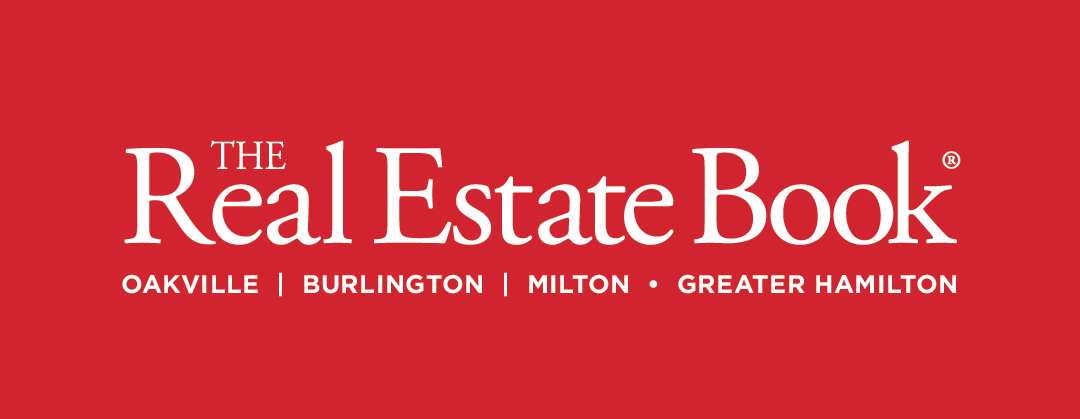Navigating the world of mortgages can sometimes feel like trying to predict the
weather in Canada: just when you think you’ve got it figured out, things change.
But unlike the weather, understanding the economic factors that influence
mortgage rates doesn’t have to be a guessing game. In this article, we’ll break down the
complex interplay between Canadian economic trends and mortgage rates into bite-sized,
easy-to-understand pieces. So, grab your metaphorical umbrella, and let’s dive in!
THE ECONOMIC WEATHER REPORT: INFLATION, INTEREST RATES, AND GLOBAL EVENTS
Think of the economy as a vast, interconnected weather system. Just like weather patterns,
economic conditions can change, influenced by various factors both within and beyond
Canada’s borders. Three major elements in this system are particularly influential when it
comes to mortgage rates: inflation, the Bank of Canada’s interest rate decisions, and global
economic events.
1. Inflation: The Rising Tide
Inflation is essentially the rate at which the general level of prices for goods and services is
rising, and subsequently, purchasing power is falling. When inflation rises, it erodes the value
of money, meaning your dollar doesn’t stretch as far as it used to.
For mortgage rates, inflation acts like a barometer. Lenders, in an effort to maintain their
profit margins in the face of decreasing money value, often increase interest rates. This is
because they want to ensure that the money they lend today will hold its value when it’s
paid back in the future.
2. The Bank of Canada’s Interest Rate Decisions: The Economic Thermostat
The Bank of Canada (BoC) plays a pivotal role in controlling the economic climate,
particularly through its interest rate decisions. Think of the BoC as the caretaker of the
economy, adjusting the thermostat to keep the environment comfortable. When inflation is
too high, the BoC might increase its key interest rate to cool down spending and borrowing,
as higher borrowing costs generally encourage saving over spending. Conversely, if the
economy needs a boost, the BoC might lower interest rates to encourage more borrowing
and investment.
These decisions directly impact the prime rate, which is the rate that banks charge their
most credit-worthy customers and is closely tied to variable mortgage rates. Fixed mortgage
rates, on the other hand, are more influenced by the bond market, but they’re also indirectly
affected by the BoC’s actions, as these decisions shape economic expectations.
3. Global Economic Events: The Butterfly Effect
Our economy doesn’t exist in a vacuum. Global events, from trade disputes to pandemics,
can have a domino effect, influencing economic conditions worldwide, including in Canada.
This phenomenon is akin to the butterfly effect, where a small change in one part of the
world can lead to significant impacts elsewhere.
For instance, a significant economic downturn in a major trading partner could reduce
demand for Canadian exports, impacting our economy and, by extension, mortgage rates.
Similarly, global financial crises can lead to lower interest rates worldwide as countries work
to stimulate their economies, affecting rates in Canada as well.
WEATHERPROOFING YOUR MORTGAGE: STRATEGIES FOR HOMEOWNERS AND BUYERS
Understanding the economic factors at play is one thing, but how can you use this
knowledge to make informed decisions about your mortgage? Here are a few strategies:
1. Fixed vs. Variable Rates: Choosing Your Umbrella
Deciding between a fixed and variable mortgage rate is like choosing between a sturdy,
large umbrella and a smaller, more flexible one. A fixed-rate mortgage is predictable; it’s
your large, sturdy umbrella that keeps you dry regardless of the storm. Your interest rate
remains the same throughout the term, making budgeting easier.
A variable-rate mortgage, however, can change with the economic climate, akin to a smaller,
more flexible umbrella that you can adjust depending on the weather. If interest rates drop,
you could pay less, but if they rise, so do your payments. This option requires a bit more
economic weather-watching and comfort with fluctuation.
2. Refinancing: Seeking Shelter
Refinancing your mortgage can be a way to seek shelter from an economic downpour.
If interest rates have dropped significantly since you secured your mortgage, refinancing
can allow you to take advantage of these lower rates, potentially saving you money over
the long term. However, it’s important to consider the costs associated with refinancing
and whether the long-term savings outweigh these expenses.
3. Making Prepayments: Building Your Economic Ark
When the economic forecast looks favorable, making prepayments on your mortgage can be
a wise decision. This means paying more than your regular mortgage payment when you’re
able to, which can reduce your principal balance faster and save you interest in the long run.
Think of it as building your ark before the flood; by reducing your debt during good times,
you’re better prepared for any economic storms on the horizon.
CONCLUSION: STAYING DRY IN THE ECONOMIC RAIN
Understanding the relationship between Canadian economic trends and mortgage rates
doesn’t require an economics degree, just a bit of insight into how the broader economic
climate can affect borrowing costs. By keeping an eye on inflation, the Bank of Canada’s
interest rate decisions, and global economic events, you can make more informed decisions
about your mortgage.
Whether you’re deciding between a fixed or variable rate, considering refinancing, or
thinking about making prepayments, the key is to stay informed and prepared. Just like
with the unpredictable Canadian weather, the right preparation can ensure you stay dry
no matter what the economic forecast holds.



